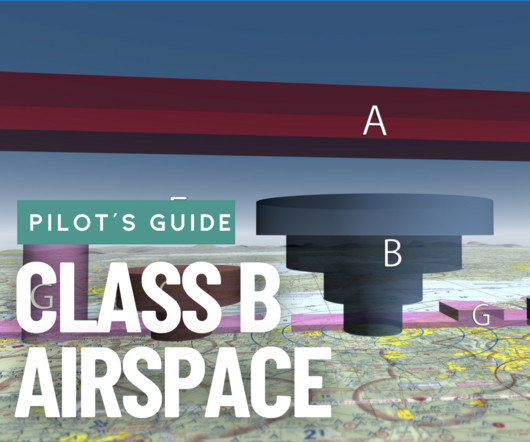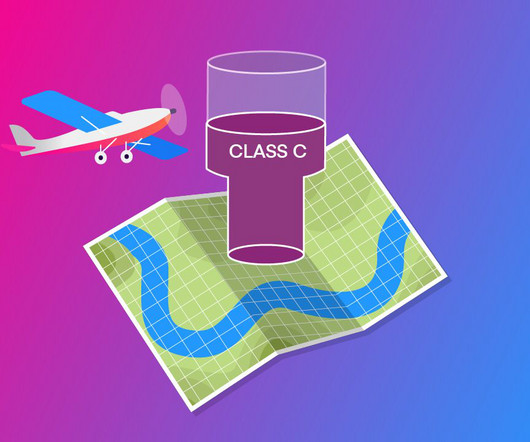Class B Airspace—A Pilot’s Guide
Flight Training Central
NOVEMBER 4, 2024
Class B Basics Class B Airspace Dimensions Minimum Pilot Certification for Class B Airspace Minimum Equipment for Class B Airspace Class B Speed Limitations Getting Around and Through Class B Airspace Class B Basics Yes, it is true that Class B airspace surrounds some of the busiest airports.











Let's personalize your content